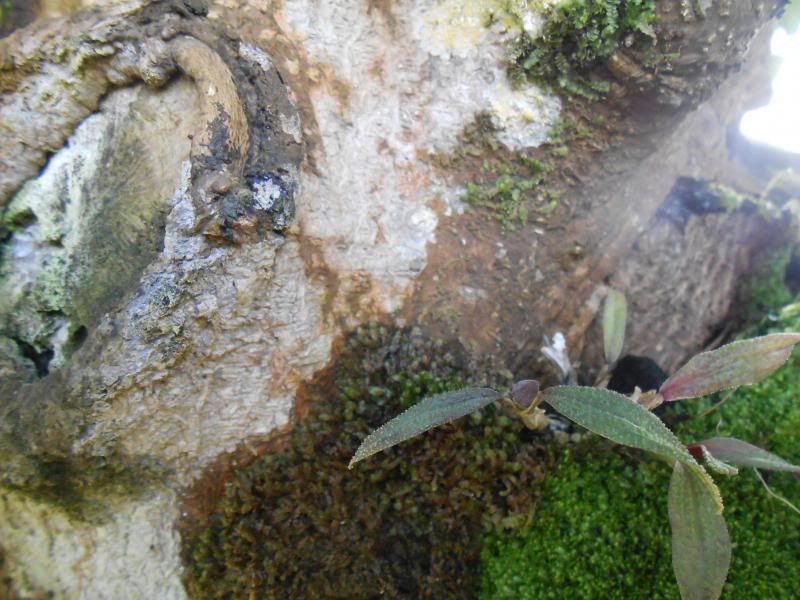Size of collection is a concern in figuring out time constraints, but I spend about an hour a day watering/pruning/feeding/....my orchids. I use a pump sprayer, and kind of take care of all three simultaneously. Also during that hour of watering/poking, I identify conditions that will take more serious time (for the weekend), plus enjoying whatever is flowering. But my collection fits in a 12X12 GH so if it was bigger, then time expenditure would go up, and I'd never get to work.
In some ways, the orchid growing is the fun/passion in my life, so I consider the watering aspect as much of an excuse to spend time appreciating and keeping tabs on the plants rather than a chore that gets in the way of some other aspect of growing. I really can't see how or why I would come up with a set watering schedule to account for all the variables of my growing conditions, or to increase the efficiency of management so I can spend more time at work and less with the plants.




